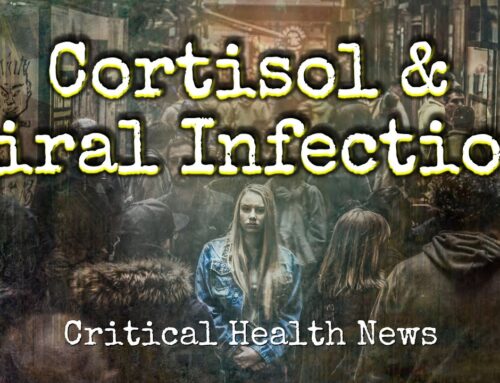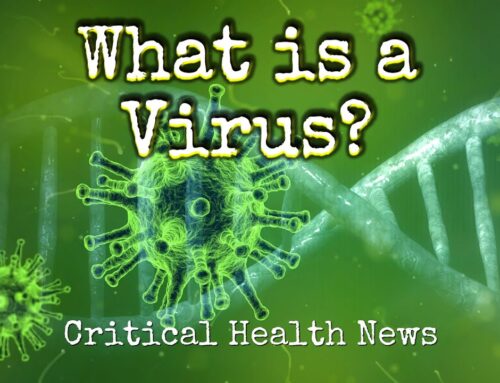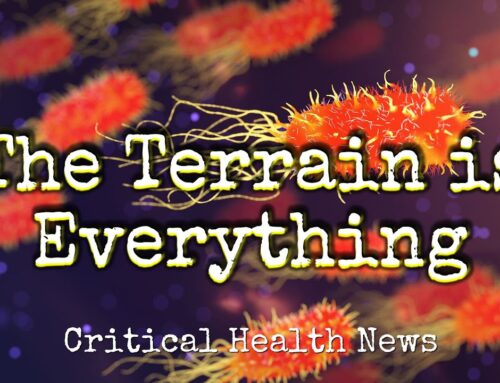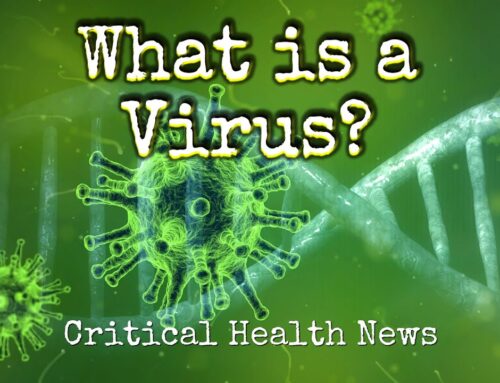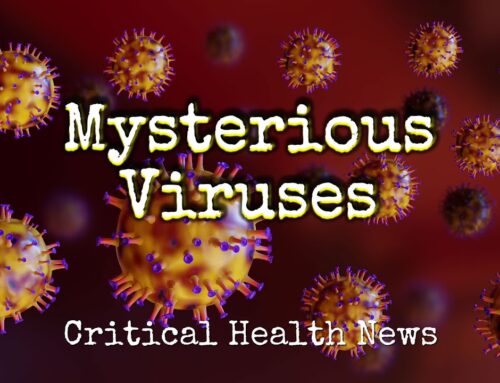Nothing in the natural world is as mysterious as a virus. These sub-microscopic entities are not really alive, nor are they dead. They don’t grow, eat, respire or excrete. They’re just basically a few molecules (i.e. genes). The smallest have only four. The largest half just a couple of hundred, all wrapped up inside a shell made of protein.
There are many thousands of different types of viruses and every part of the planet including the ocean is saturated with them. Each drop of seawater contains 10 million and there are up to 5 billion in a teaspoon full of soil. In fact, if all the 1 times 10 to the 31st viruses on the planet were laid end to end, they would stretch 100 million light years.
Unfortunately, because viruses aren’t living, they can’t really be killed. It’s true there are a few antiviral drugs that can suppress their chemistry, but, for the most part, the only thing we can do to handle a viral attack is to prevent it from occurring in the first place.
Luckily our immune systems have evolved with viruses and, in the millions of years that the two have interacted, we’ve developed effective biochemistry that can address infection. Thus, the most important strategies for dealing with viruses are those that help us maintain powerful and effective immunity. In our next Moment of Truth, we’ll discuss a few strategies for strengthening immune biology, so that we can deal with viral threats to our good health.


